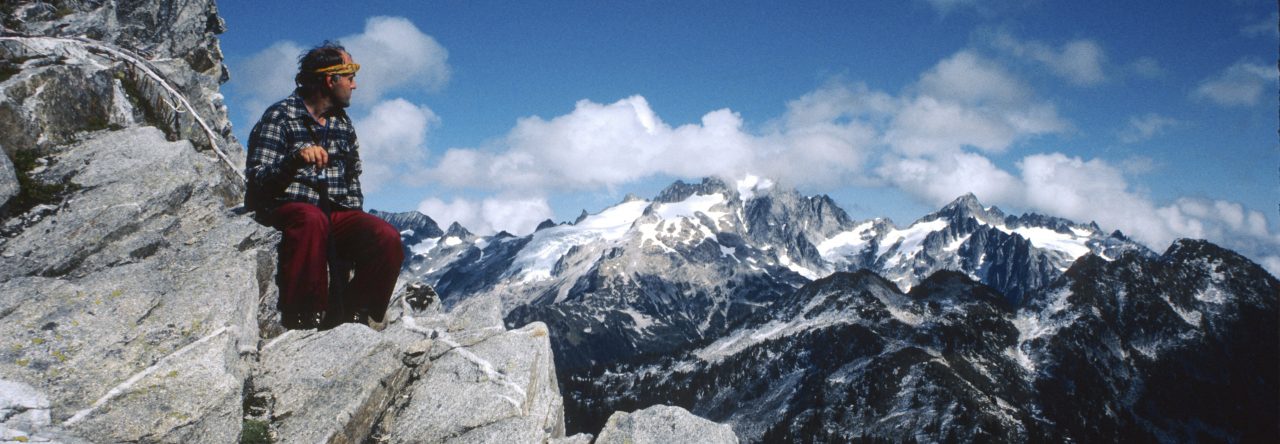Forums › Forums › Public High Lakes Forum › High lakes discussion › Trout diversity in alpine lakes
- This topic has 2 replies, 2 voices, and was last updated 21 years, 5 months ago by
windrider00.
-
AuthorPosts
-
-
June 13, 2004 at 5:30 pm #81284
“Why does it seem, that the majority of alpine lakes here in WA are stocked with rainbow and cutthrout trout? Admittedly, I've only lived here about 3 years and have visited only a handful of lakes, but in researching possible “target lakes” I've noticed a preference for those two species. I grew up hiking to and fishing the many alpine lakes of the Sierra Nevada Mts. and one of the most enjoyable aspects of those lakes, was the trout diversity . Desolation Wilderness (next to Lake Tahoe) for example has a pretty good mix of Mackinaw (Lake trout), browns, brookies, bows, cutts and goldens fisheries. The notable exception would be the Bull trout, but no one seems to stock that species in alpine lakes (whatta shame). Anyway, I got the chance to camp at Copper Lake in the alpine lakes wilderness and I counted at least 6 lakes along the trail we were on and of those six lakes according to my WA state fishing guide, only 1 lake has a trout species other than a bow and cutt, that being the brookies in Copper. Incidently, I fished Copper and only caught rainbows. I think if each lake possesed a different species of trout or combination thereof, it would make visiting an incredibly beautiful area that much more enjoyable. Just a thought!”
-
June 14, 2004 at 6:15 am #85009
You just aren’t fishing in the right lakes. 😀 We looked at this issue a few years ago and came up with something like 15 varieties of fish in high lakes within 45 miles of seattle. But that is oversimplifying things a bit, because some of those varieties (mainly Atlantic salmon) aren’t available any more. I guess I’ll start with what we commonly stock and why.
Several laws limit what can be stocked in high lakes. The Wilderness Act has been interpreted to allow fish stocking to be grandfathered and they interpret that to mean only species that were stocked before the wilderness was created can be re-stocked into the lakes. Because RB and CT were the most common fish to be stocked they are the most common fish allowed. In recent years the NMFS has become very concerned with downstream issues with stocked fish. Often their concerns are misplaced, but they still have to be dealt with and they want nothing but native fish put into headwater lakes. They have actually stopped the stocking of brown and lake trout into high lakes in recent years. Mainly because of concerns about impacts on bull trout downstream. That pretty well limits stocking to native fish which are coastal cutthroat and rainbow in west side lakes and westslope cutthroat and rainbow in east side lakes.
But that doesn’t eliminate other varieties of fish. We have a lot of lakes that are still getting goldens which are extremely popular with anglers.
Some other fish cause problems themselves. Eastern Brook char, for instance, are able to spawn in almost any lake into which they are put and they quickly take over the lake producing a lake full of stunted little fish that can severely impact the native prey base in the lake and produce really lousy fishing. So EBs are almost always avoided.
Here are a list, off the top of my head of types of fish you’ll find in WA high lakes:
rainbow
coastal cutthroat
westslope cutthroat
Yellowstone cutthroat
golden
eastern brook
brown
lake trout
grayling
bull trout
tiger trout
various hybrids of ct, rb, and gtSo that’s a long way around saying that yes, you will will mostly find RB and CT, and that will always be the case because the native varieties of fish will always form the backbone of the program, but can find a whole bunch of other fish if you keep looking around.
-
June 16, 2004 at 3:30 pm #85010
Brian,
Thanx for the info. You’re right on bout me not hitting the right places YET! That’s the nice thing about living in a new area, the exploring is lots of fun.
-
-
AuthorPosts
- You must be logged in to reply to this topic.
